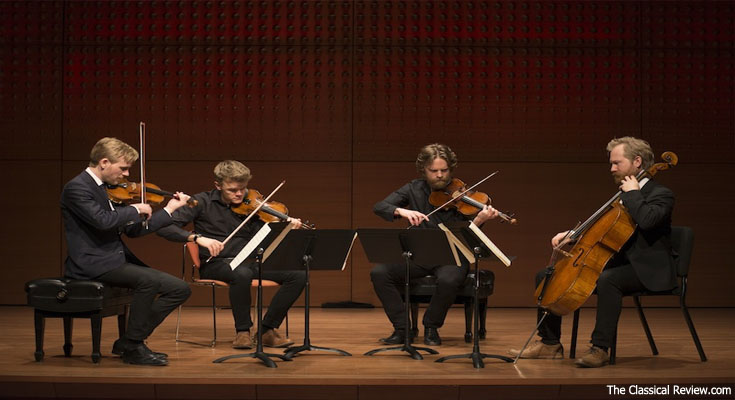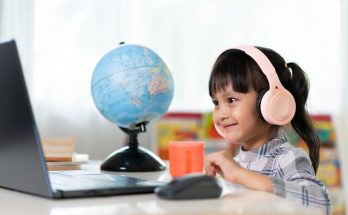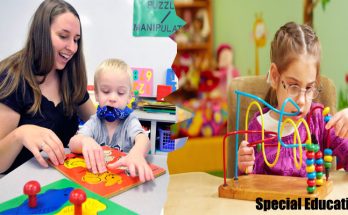In education, music and visual arts have already been linked in the category of “programs” or “electives” for a lot of years, and also the music and arts departments of modern public schools will sometimes collaborate for student efficiency based vacation shows, but how else are they connected? Does the act of listening to music within the Arts Classroom impact the mood with the room, the quality of the function, the behavior of the students?
As a public college Art teacher, I constantly strive to achieve one of the most productive, most comfortable classrooms for my students. Their artistic and educational gains in my classroom are my most important priority. I focus on topics that will assistance to elucidate queries about the perceived atmosphere in the art classroom. There’s a current ideological framework for what art classrooms ought to look like in modern public schools. Educators are anticipated to display art, each in the masters too as present student artwork, and relevant imagery, vocabulary, rubrics, and decorative elements. But what does a productive arts classroom sound like? The power of voices, laughter, the sound of water operating, paintbrushes tapping canvas, the shuffle of student’s feet too and from the pencil sharpener, but what about music? When music is integrated into the educational setting, does it impact the delicate dichotomy on the art classroom and student work made therein?
The usage of music is so prevalent in our culture that it might practically go undetected by the individual. Calming music is used inside the doctor’s waiting space, the elevator, on hold with the IRS, or any settings that normally lead to higher anxiety. Energetic music utilized within the retail retailers is developed to increase mood and self-assurance among the shoppers, encouraging them to buy much more goods. Music is an integral aspect of contemporary culture, and one particular could predict that The use of music within the classroom could affect outcomes of student work or behavior, but in what capacity, and to what degree?
I completed several interviews of secondary art education teachers, observed high school art classrooms making use of music throughout the creative time, and reviewed literature presently offered on the effects of music on mood. These allude to a strong positive connection between the inventive procedure of art making along with the inspirational and calming effect of listening to music. Scientific evidence like these experiments conducted working with neuroimaging on the brain or participant polls recommends that music can straight affect mood and trigger positive emotions, calming or relaxing effects, or other perceived benefits that may straight translate to an art classroom or any classroom that enables for independent function.
This research supports an even higher advantage in an urban setting where extra components which include noise, website traffic, poverty, and crime could trigger students to carry extra stressors into the classroom setting. This study supports theories that listening to music throughout the creative time of an art class may perhaps enable for any much more productive and profitable lesson, and if the act of listening to music proves to ameliorate anxiousness, it might also lessen student inhibitions about art generating and diminish barriers between a vulnerable student and their full perspective within the art classroom.
As an art instructor along with a public college teacher struggling to close achievement gaps amongst students, I’ll continue to investigate and make use of music to aid in a student production of art. Classical, jazz, contemporary, and world music might all be massive assets inside the pursuit of generating the most dynamic and effective arts classroom.





